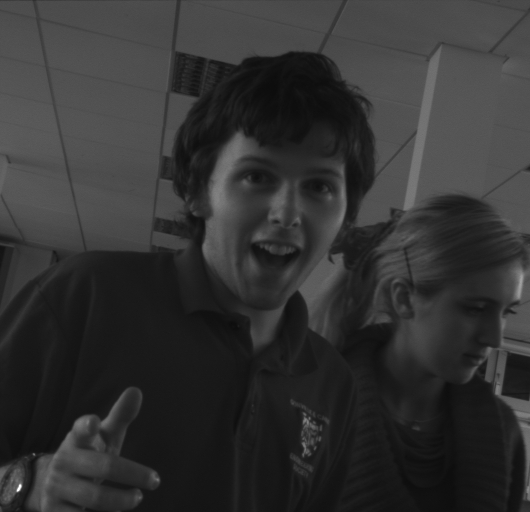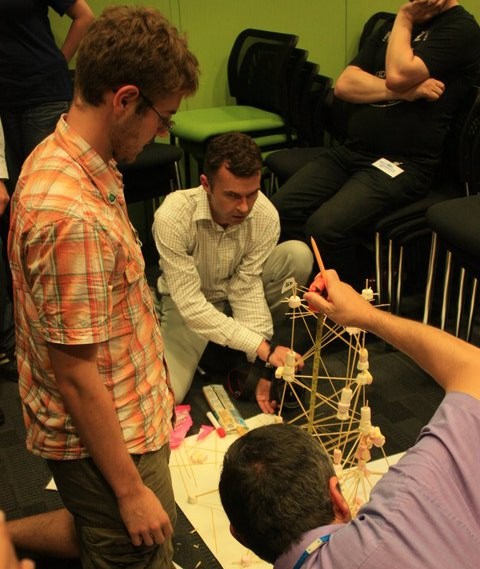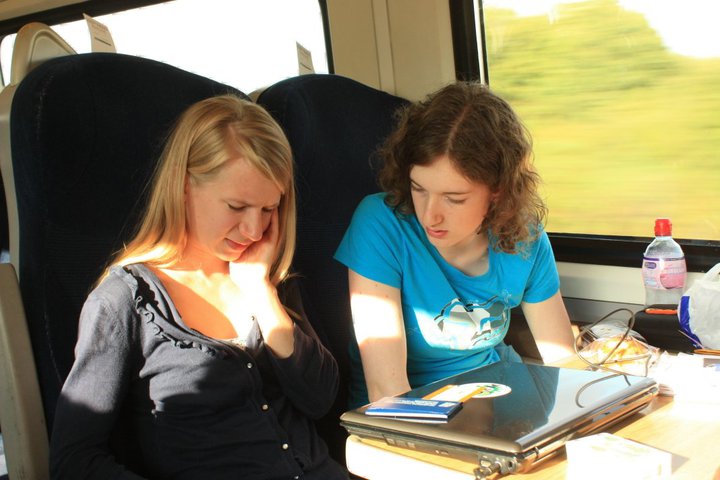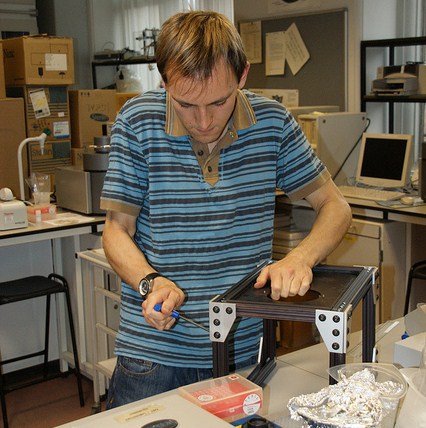Team:Cambridge/Notebook/Week2
From 2010.igem.org
EmilyKnott (Talk | contribs) |
EmilyKnott (Talk | contribs) |
||
| Line 41: | Line 41: | ||
{{Team:Cambridge/Templates/Day|Day=Thursday}} | {{Team:Cambridge/Templates/Day|Day=Thursday}} | ||
| - | {{:Team:Cambridge/Templates/rightpic|src= | + | {{:Team:Cambridge/Templates/rightpic|src=CamNoteWk2_4.jpg}} |
Barbara gave us a talk about health and safety in the lab so we were now ready and raring to go with lab work. | Barbara gave us a talk about health and safety in the lab so we were now ready and raring to go with lab work. | ||
Revision as of 13:07, 9 August 2010

Monday
In the morning we did further research into the enzymes required for luciferase recovery. You can see the pretty picture of the luciferase cycle we made here.
In the afternoon we presented our proposals to our supervisors who said we could look at trying to optimise luciferase and LRE for E. coli (perhaps using mutagenesis), we shouldn't assume that anything with bacterial luminescence will work (after all, this is biology) and we should think about chassis design.
We also received a new, broken toy of a low light camera, which Bill and Theo tried to fix - and succeeded, as you can see opposite. After receiving an e-mail at about 4pm saying we needed to give a 15 minute presentation the next day in Newcastle, Hannah and Anja started working on that too.
Tuesday
Today was the first day of the UK iGEM teams get together in Newcastle. We all made it (just about) on the 6.50am
train, arriving for a free lunch at 1pm and talks from each of the different teams through the afternoon.
We thought that we would all be pros at the team building exercise involving tower construction again, but only a few of the towers stayed up at all! A wet walk to La Tasca for dinner in the evening was worth it for the delicious food, and it was nice to meet all the other UK teams.
Wednesday
On the final day of the iGEM get-together we had talks in the morning about practical lab tips, health & safety and human practices.
After another free lunch and an afternoon in Newcastle we headed home keen to get started on lab work the next day. It looked like the other teams were much further along than we were.
Thursday
Barbara gave us a talk about health and safety in the lab so we were now ready and raring to go with lab work.
We also generally carried on researching but felt that we were losing focus on what we needed to do, so had a team meeting over lunch to find out what needed doing and assigning tasks to certain people. Here is our to-do list.
Friday
Meeting with Laura Rowe in the Biotechnology Dept. at 3pm:
- Brightness measurements are integrated over time, so when comparing them make sure they are integrated over a long time (otherwise you are only measuring how quickly luminescence occurs, not how bright).
- Different colours:
- Could use fluorophores instead of fluorescent proteins but need to ensure they attach to protein (could be a project in itself). Requires resonance energy transfer.
- Using mutant luciferases probably easier to implement.
- Expression in E. coli: inclusion bodies could be a problem when trying to over-express genes. To test: break open cells and centrifuge twice (at a higher speed second time around), if pellets are formed these are probably inclusion bodies. Could then dissolve these with solvent and test for bioluminescence from proteins within inclusion bodies.
- Relative light units are used because different camera properties, distances etc. all mean that photons/sec are relative. Can use a source for calibration - tritium standards are used (e.g. MGM instruments).
Paper from Duncan about mutant bacterial strain with very bright luminescence to be investigated further.
Saturday
Sunday
 "
"



